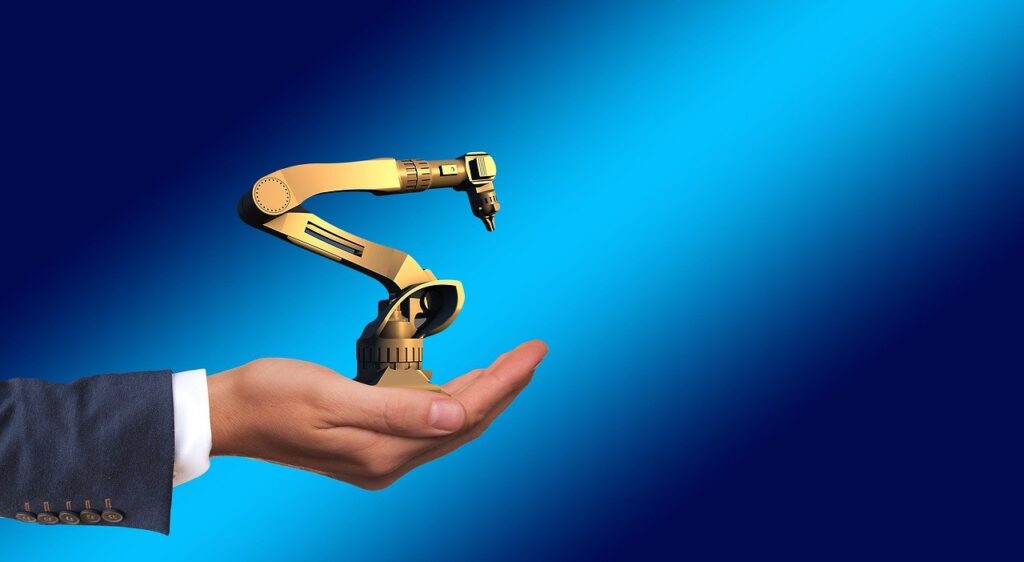Dassault Systèmes, a leader in 3D design and simulation software tools, is currently developing a novel virtual human modeling system that is expected to have a deep impact on healthcare technology and medicine. So far, the French firm has established a ‘digital twin’ for the human heart, lung, brain, and knee. More will follow until the whole human body and all its organs are there, but already, the project runs the three most vital pieces of our organism.
The ultimate goal is to replicate the chemical processes that go on in these organs down to the cellular level while also representing the entire spectrum of their functionality. This way, previously unheard of healthcare processes can take place, like simulating the performance of a knee after the reconstruction of the patella, simulating the blood flow and cardiac rhythm following the prescription of an antiarrhythmic agent, determining the progress of encephalopathic conditions, and evaluating the oxygen capacity and capturing performance in asthmatic patients who suffered chest trauma.
Of course, at the current stage of the project, very little of the above is possible, but Dassault Systèmes will work meticulously in adding more details and going into deeper levels. This can happen by “feeding” more real data into the system, like scans, actual measurements, and combined imaging that connects structure and function.
For example, a brain and its neuron connections, the electric signal generation and propagation patterns, and the chemical composition of the various sections and areas. These are very complex systems to model and validate, but if you start from somewhere you can build upon a solid basis that agrees with real data, and then continue along the same path.
In this context, Dassault Systèmes is already installing portals to access these projects in lab universities where the physicians of tomorrow are studying. Training young doctors on how to use digital twins to their advantage is key, both for the clinicians and the development of the systems themselves. Already, ten universities are participating in this pioneering virtual human modeling project.
Article Source: Dassault Systèmes
Image by Gerd Altmann from Pixabay






